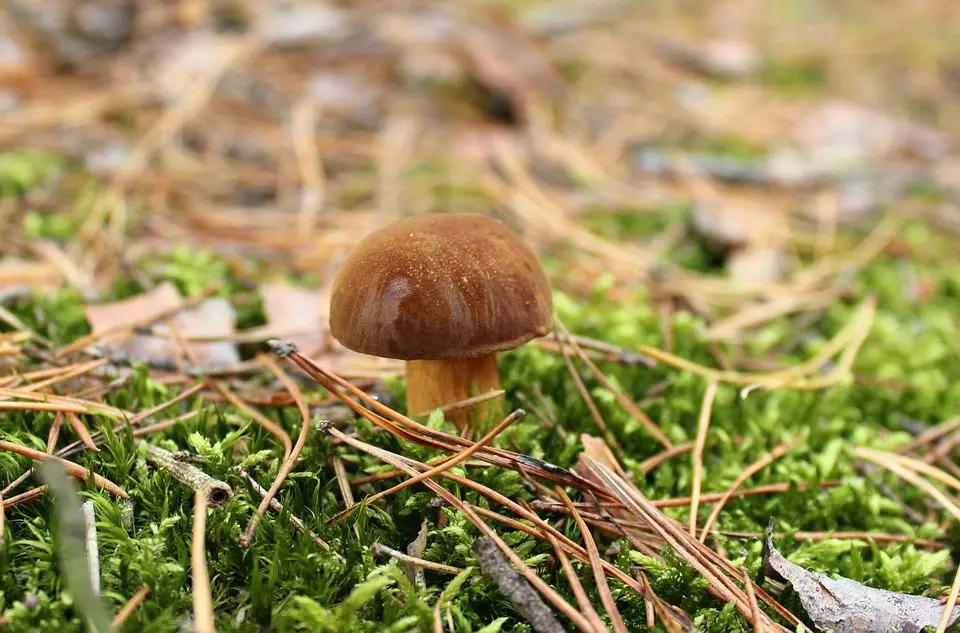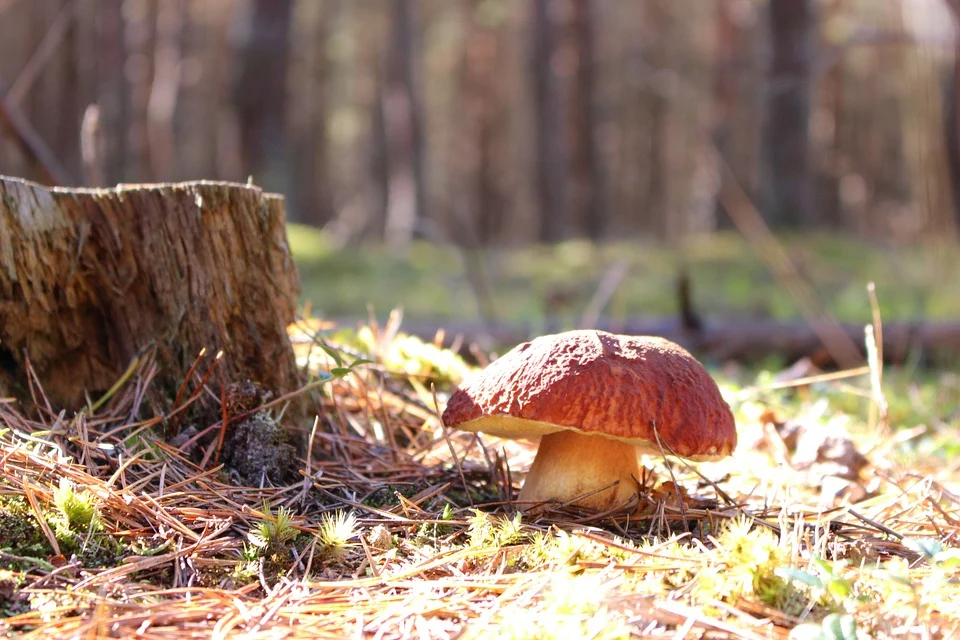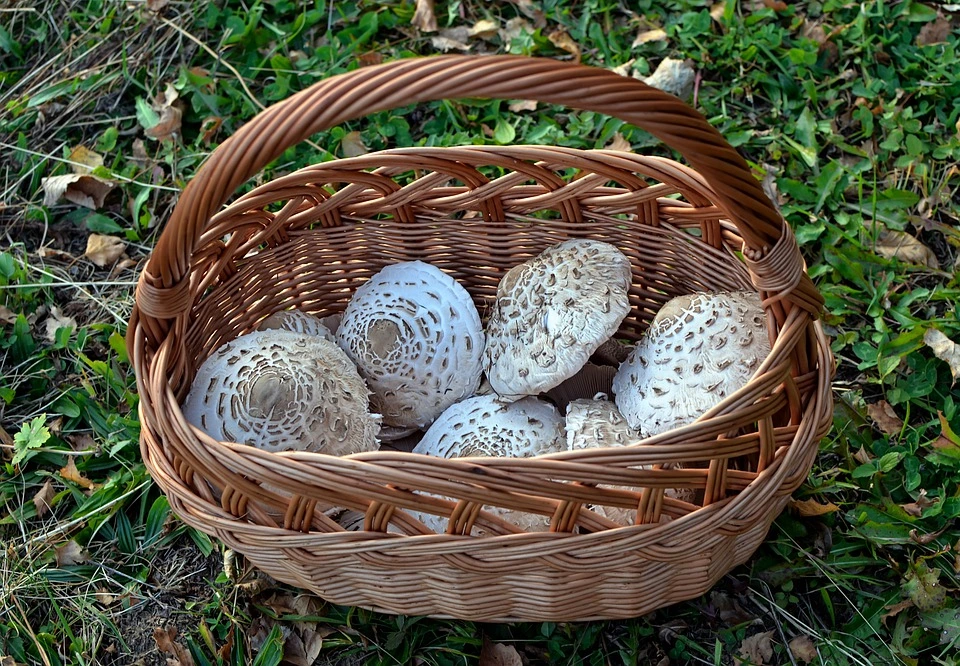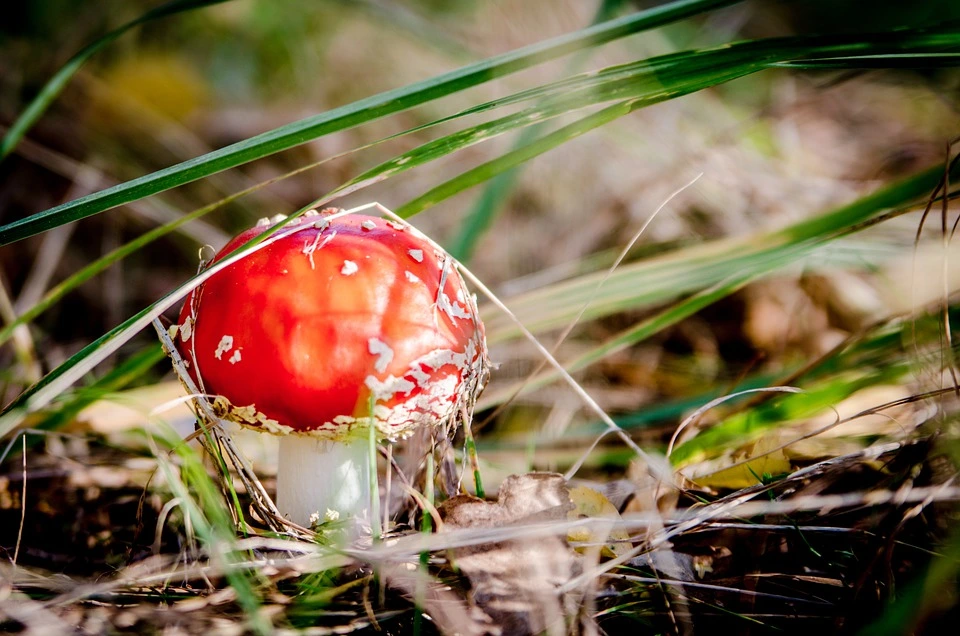Mushroom Foraging Guide - Discover How to Pick Mushrooms
Mushroom foraging is a popular activity. No wonder – they are a magic ingredient of many delicious meals. Regardless, mushroom hunting awakens certain controversies. Many people wonder how to pick mushrooms correctly, and, most of all, when to do it. Learn what you should know about this. Thanks to our mushroom hunting tips – picking fungi won't be an problem for you anymore.

Is mushroom picking legal?
Mushroom foraging is more popular in some countries than others. Poland is a perfect example, where there are basically no limitations about it. Morels are the only exception, as they are protected species there.
As for other countries – there are certain restrictions or prohibitions:
- In Germany, the maximum amount of mushrooms to pick is only 1 kg per one person at a time.
- In Britain one can harvest slightly more, that is, 1.5 kg per person at most.
- In Italy, those who want to go mushroom hunting have to obtain a special license first.
- France requires a special fee for foraging mushrooms.
The mushroom picking laws are quite different in Belgium and the Netherlands. Picking mushrooms there is completely legal. But taking them out of the forest is considered stealing.
What about other continents, and e.g., the USA? The issue might be more complicated there, as many forests are private. What’s more, each place is additionally governed by the state law. But there are many completely legal mushroom picking locations – local mushroom hunters know about them. You can search for information about mushroom foraging spots on various online forums.

When is the mushroom picking season?
Mushroom foraging is not possible all year round. A lot depends on the conditions in a particular area. One has to remember that edible mushrooms live in symbiosis with their natural habitat. It means that by observing the surroundings, one can deduce what mushroom species can be encountered in the particular area.
- Places where larches grow are usually full of Slippery Jacks.
- Birch trees are surrounded mostly by _Leccinum _mushrooms.
- Pinewoods are famous for Saffron Milkcaps and Tricholoma mushrooms.
- Penny Buns grow in oak and beech forests.
Many people also decide to pick Honey Mushrooms. They can grow in basically any forest.
But when is the best time for mushroom hunting? Typically, the mushroom picking season lasts from June to October – that’s when one can find them in the greatest numbers, with small breaks between July and August. Certain mushrooms grow even in low temperatures, and they can be harvested after the first frost. This applies mostly to Honey Fungi.
As stressed by mushroom hunters, edible mushrooms grow best at night. So, if you want to go mushroom foraging, plan your hunt for early morning. That’s when you have the biggest chances to find specimens that weren’t eaten by forest pests. You will also be earlier from other mushroom pickers.

Mushroom foraging – how to prepare for a mushroom hunt?
An excellent preparation is the essential element of a successful mushroom hunt. Proper clothing is obligatory. Opt for waterproof clothes, or if not possible, a comfortable tracksuit and a waterproof jacket. Sturdy boots with thick soles might also come in useful – trekking models are the best option.
If your clothing is already good for mushroom picking, don’t forget about mushroom foraging tools and accessories you will certainly use:
- a container for your mushrooms – it can be a basket, a bucket, or a mesh bag,
- a mushroom knife (or a pocket knife),
- a mosquito and tick repellent,
- a compass,
- a map – if you’re not familiar with the area,
- something to drink,
- snacks – if you’re planning a day-long trip.

How to pick mushrooms? Become a true mushroom hunter!
Many mushroom hunters argue about how to pick mushrooms – whether the beautiful specimens should be pulled or cut off. The opinions are strongly divided. But most people claim that pulling a mushroom (by twisting the stem) and covering the remaining hole is the best method, so the mycelium is protected and can produce more fruits in the future.
But cutting a mushroom above the ground, as many people do, is not wrong, either. The most important rule is to avoid violent plucking of the mushrooms and destroying their growing location.

Mushroom foraging tips – can all mushrooms be harvested?
Although edible mushrooms taste delicious, and they have many connoisseurs, one has to be extremely careful when foraging them. Make sure to take home only specimens you’re 100% sure they’re safe.
What species to avoid?
- Death Cap (Amanita phalloides) – it’s deadly poisonous and resembles a white button mushroom.
- Fly Amanita (Amanita muscaria) and Panther Cap (Amanita pantherina) – very characteristic with spots on their caps.
- Sulphur Tuft (Hypholoma fasciculare) – inexperienced mushroom hunters might mistake it for Honey Mushroom. But it develops a very unpleasant smell, which should catch the attention of the person who picks it.
- Deadly Dapperling (Lepiota brunneoincarnata) – some might confuse it with Parasol Mushroom, although it’s a rare species.
- Deadly Skullcap (Galerina marginata) – grows mostly on trunks of coniferous trees. Very dangerous and common in most forests.
- Yellow-staining Mushroom (Agaricus xanthodermus) – this species occurs not only in woods, but also in urban green areas. It’s similar to classic white button mushrooms, but it releases a highly unpleasant smell when cooked.
- Deadly Fibrecap (Inocybe erubescens) – one of the most dangerous mushrooms, it can overcome a human organism in a very short time.
- Satan’s Bolete (Boletus satanas) – it’s difficult to mistake it for any other mushroom because of its characteristic red stem and white cap.
- Vomiting Russula (Russula emetica) – it has an intensely red cap.
Not sure what mushrooms you’ve encountered and wondering if they’re edible? Better leave them alone.


📍 What to wear for mushroom hunting?
When picking an outfit for mushroom foraging, choose waterproof clothes or the ones you won't mind getting wet or dirty. Sturdy boots, e.g., designed for trekking are essential. Don't forget about a waterproof jacket and a hat.
📍 Mushroom foraging – where to find mushrooms in my area?
Mushrooms usually grow in forests, parks and around green areas. They like shaded and humid places. They can be found around trees such as oaks, beeches, spruces and pines.
📍 When is the mushroom picking season?
First mushrooms can be harvested as early as May – but it's typically few, singular specimens. Depending on the country, the proper mushroom season lasts between June and October. Sometimes, one can find Honey Mushrooms in woods even after the first frost.
📍 What to take for mushroom foraging?
Proper clothing is an essential element you should take for mushroom hunting. What's more, a basket for the mushrooms, a knife, a compass with a map, a phone to contact someone in case you get lost are all useful elements. If you're planning to go foraging for several hours, make sure to take something to drink and eat.
Featured articles




